Author: Michelin
Safety is the most concerning issue for every consumer who drives or rides in a car. The safety of new energy vehicles, especially the safety of the battery, has caused many consumers to hold a negative attitude due to some negative news.
Recently, in the collision test announced by C-IASI, the NIO EC6 received full marks (Excellent) in the passenger safety index, pedestrian safety index, and vehicle-assisted safety index. The results of frontal 25% offset collision and side collision even achieved rare zero defects, which we believe can dispel many people’s concerns about the safety of new energy vehicles.
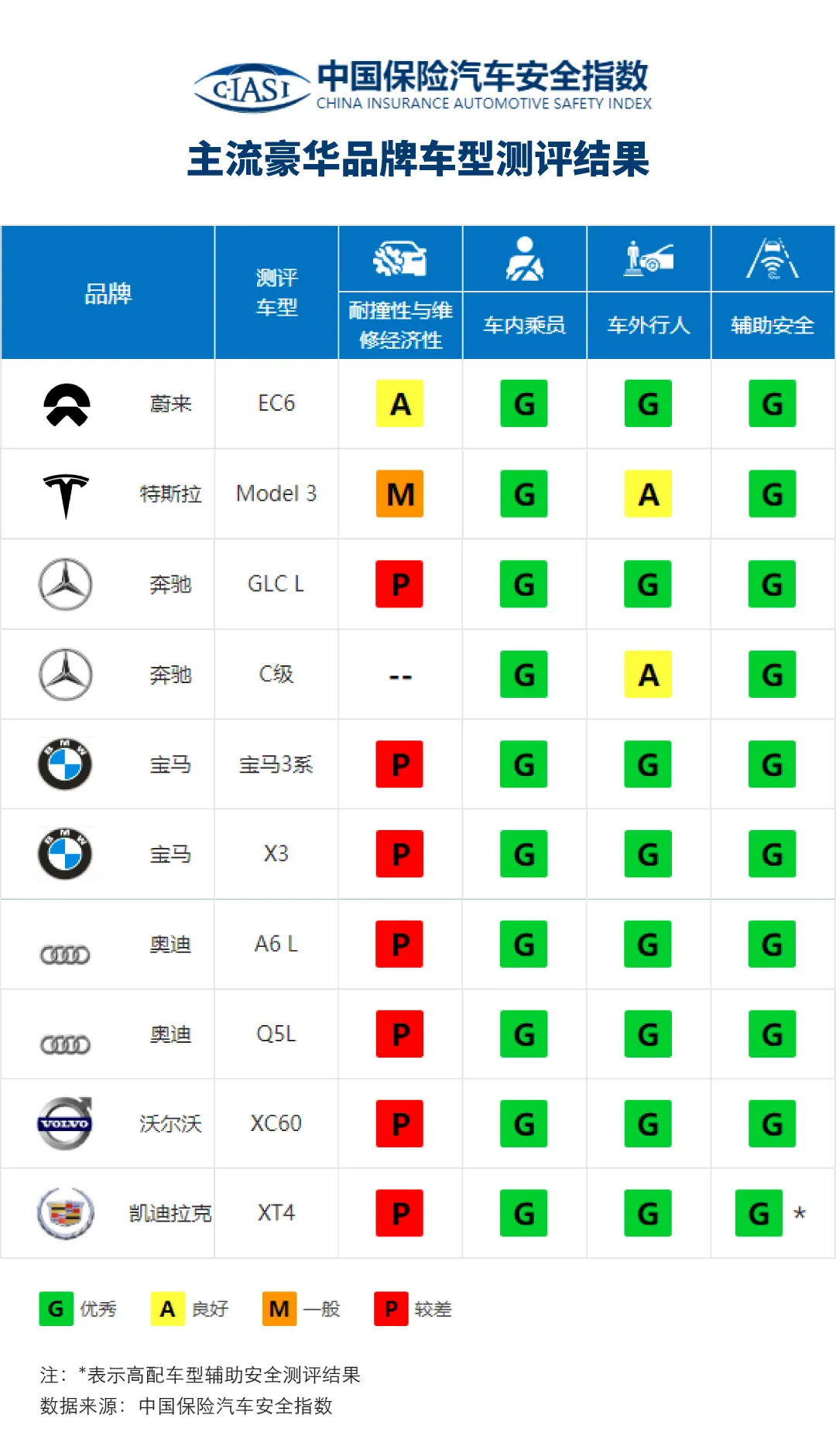
Recently, NIO held the vehicle engineering safety day activity in Shanghai. We went to the second NIO test center to find out why this car has such high safety performance by examining the three EC6s that were destroyed in the C-IASI collision test.
Body structure is the key to ensuring safety
In the collision process of new energy vehicles, it is crucial to minimize the deformation of the cockpit and reduce the impact force on the battery pack to alleviate the injury. NIO has designed a structure specifically for the new energy vehicle battery pack and NIO’s battery swapping technology to ensure the safety of the model since the initial design stage, with a forward-looking development of a pure electric exclusive platform.
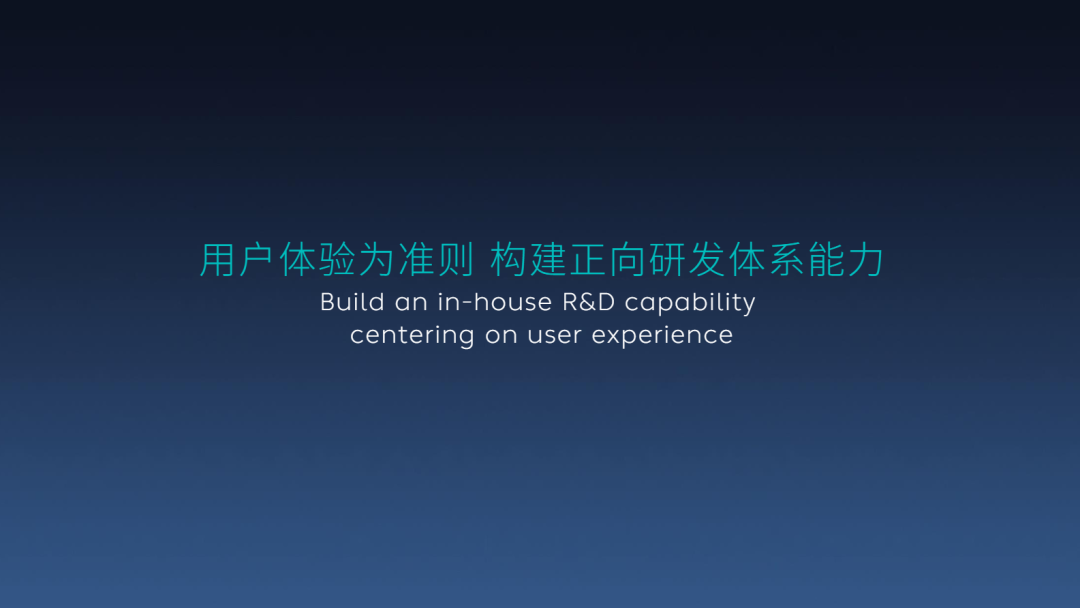
On the EC6 that underwent the frontal 25% offset collision test, we can see that the collision on the left front side of the vehicle avoided the energy-absorbing areas such as the front collision beam and the energy absorption box, but the A-pillar did not rupture, the threshold beam almost did not deform, and the cockpit had no invasive damage, ensuring the passenger space. Meanwhile, in cooperation with the safety airbags and side curtain airbags, the forward and lateral forces generated by the impact were buffered, which protected the passengers in a full range.
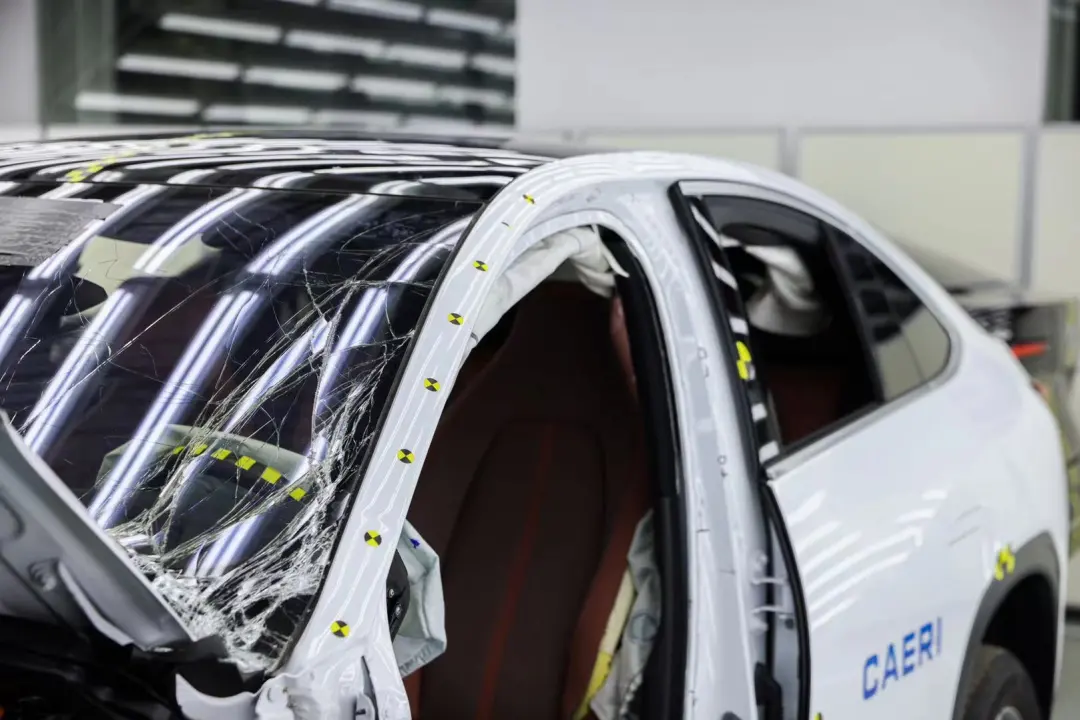
The reduced post-collision cockpit structure collapse of the EC6 is due to the torque box designed by NIO specifically for battery swapping.
As a critical component in the EC6, this three-dimensional structure is manufactured by high-pressure casting aluminum technology, connecting directly with the main beam, front bulkhead, A-pillar, and threshold beam. With its unique multi-dimensional support structure and cast assembly’s strong anti-impact characteristics, it can transfer the impact energy to the car body, thus reducing the collapse of the passenger cabin’s structure after the collision. At the same time, the two torque boxes behind the front wheel hub enclose the front of the battery pack, together with eight battery pack fixing bolts and other components, form a high-strength cage structure, ensuring that the battery pack remains intact in the collision.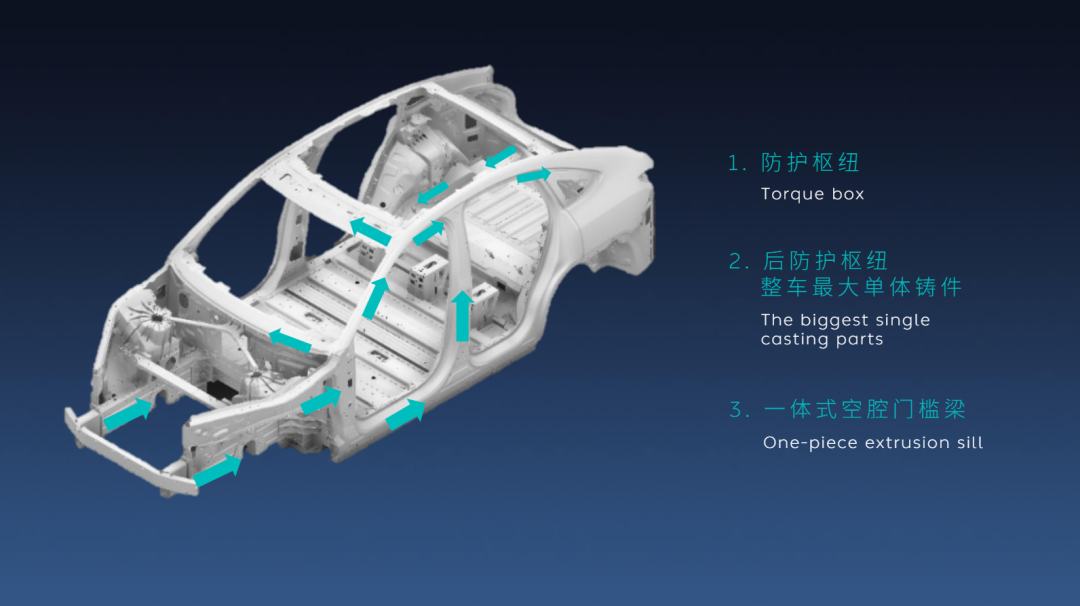
In the side collision test of EC6, we can see that after a car weighing 1.5 tons collided at a speed of 50km/h, the lower positioned door threshold beam received little impact, and the A-pillar frame remained intact, but the B-pillar position showed obvious deformation.
The deformed B-pillar still had a certain distance from the seat, leaving some space for the protection of the side airbag. This is because the chassis of EC6 has a transverse reinforcement beam design, and the reinforcement beam uses 6 series aluminum material to transmit the lateral impact force outwards, ensuring the safety of passengers and batteries.
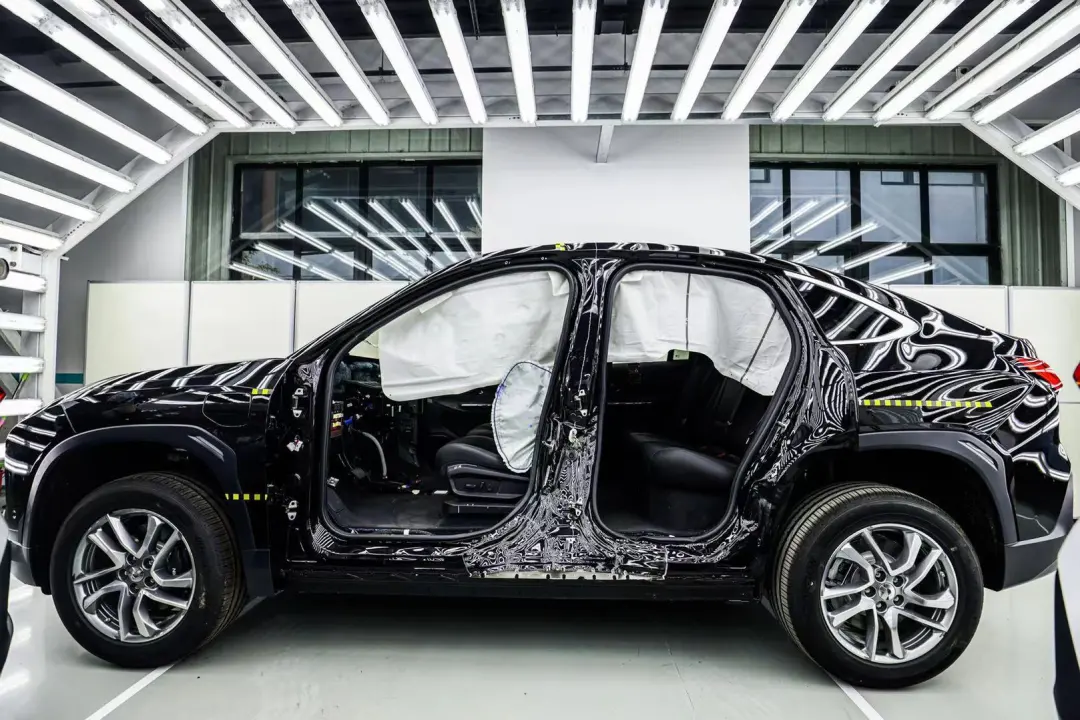
In the roof strength test, EC6 achieved a “G” rating. The purpose of the roof strength test is to measure the maximum load that the roof can withstand under a certain amount of deformation distance and the protective effect when the vehicle body rolls over.
Although the center of gravity of electric vehicles is currently lower and it is not easy to roll over, the design of the roof strength cannot be taken lightly. In the test, EC6 can withstand a force of more than 10 tons, which means that the roof of EC6 can also withstand the weight of nearly 5 EC6s at the same time. Through the design of high-strength aluminum alloy body, combined with advanced connection technologies such as SPR, FDS, laser welding, and structural adhesive, the driving function of EC6 remains intact after the roof is deformed.
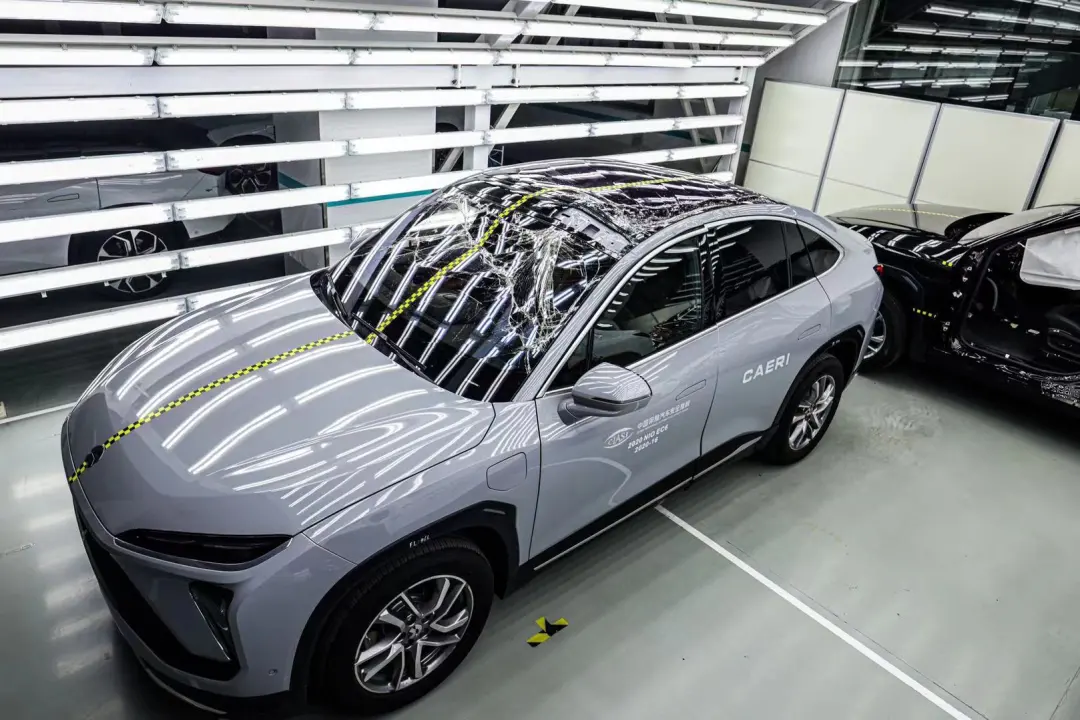
After the test, although the 2.1 square meter panoramic glass assembled on the EC6 has been broken due to the deformation of the roof, the design of the laminated glass prevents glass debris from splashing, which can also avoid secondary injuries caused by glass breakage.
Rapid Response of High-voltage Circuit Protection
In addition to the safety design of the vehicle structure, the complex high-voltage electrical module in new energy vehicles is also a major concern for consumers’ safety. In order to ensure the safety of the high-voltage circuit, NIO has equipped the collision sensor on the bumper and body of the vehicle.
After a collision, the collision sensor can control the circuit to cut off power within 11ms, which means that the high-voltage line has been disconnected when the collision just occurred, avoiding the danger caused by the collision damaging the high-voltage circuit. At the same time, the sensor controls the high-voltage components to discharge fully within 2.4 seconds, making the high-voltage circuit fully insulated, which is a safety protection for both passengers waiting for rescue and subsequent maintenance personnel.
 ## Durability and Economic Maintenance Index
## Durability and Economic Maintenance Index
China Automotive Technology and Research Center conducted a low-speed collision test for the insurance industry, mainly to evaluate the durability and economic maintenance of vehicles involved in low-speed collisions. The NIO EC6 achieved a rare A grade amongst luxury cars. How did NIO reduce the maintenance cost?
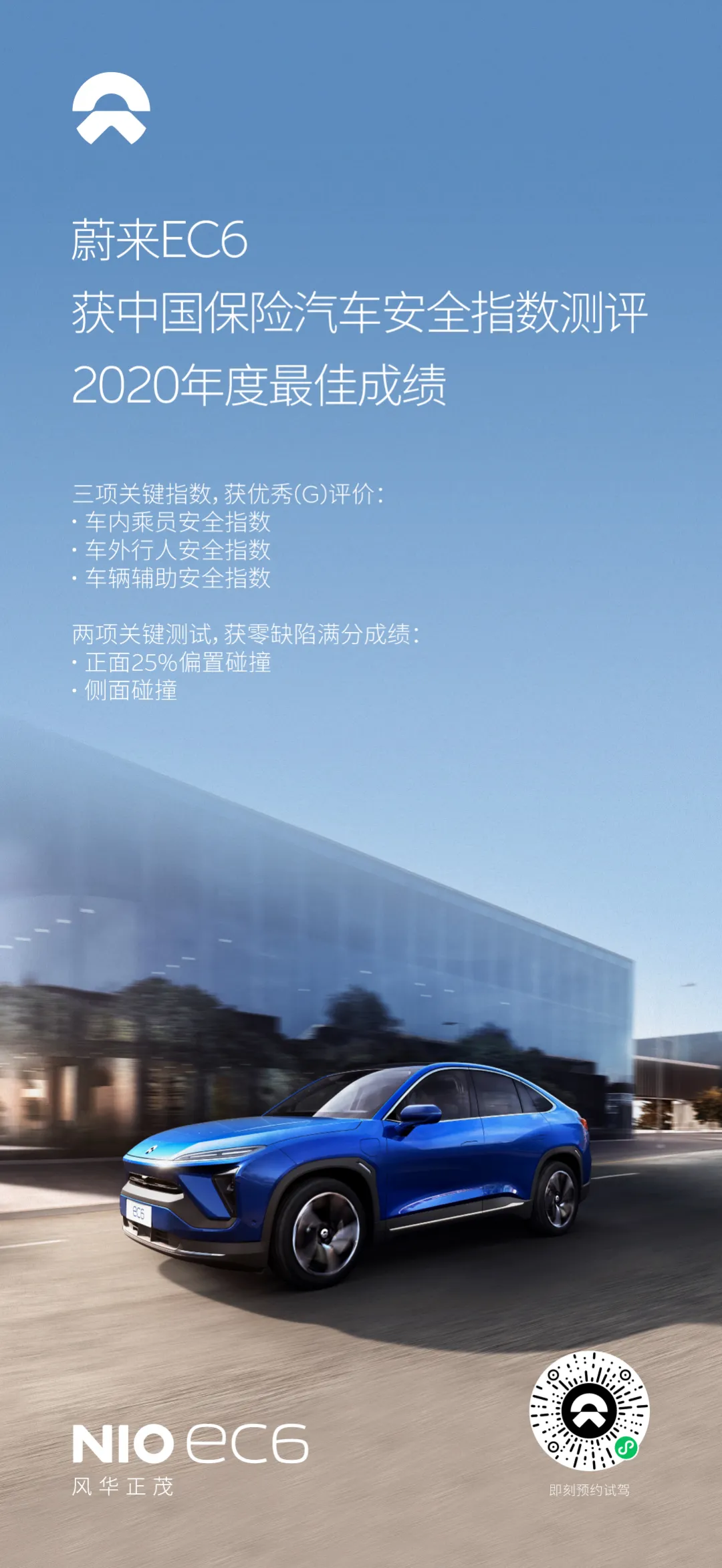
This was thanks to forward-looking design during research and development. For example, RCAR is included in the airbag calibrating condition to ensure that the airbag does not detonate during low-speed collisions. Removable energy-absorbing boxes are installed in the front and rear of the vehicle to absorb collision energy efficiently using aluminum alloy, preventing damage and deformation to other parts. Expensive parts are placed in non-deforming areas as much as possible to avoid high repair costs due to low-speed collisions.
The Power of Forward-Looking Research
At NIO Shanghai’s second testing center, besides the three EC6s participating in the collision test, we also witnessed NIO’s testing and research business covering the system of intelligent electric vehicles, including whole vehicles, electronic architecture integration, electro-electric subsystems, autonomous driving, power management, and charging and swapping devices. We saw NIO’s efforts in forward-looking research.
For example, Asia’s first driving simulation platform consisting of a nine-degree-of-freedom driving simulator, simulation system, and visual system.
On this simulation platform typically used for F1 training, the driver can experience the driving characteristics of a new vehicle still in the design stage personally. By combining subjective feelings with objective data, new vehicle parameters can be adjusted, or early ADAS algorithms can be verified. This promotes testing in the early stages of vehicle development and also provides simulated feedback for design and development, improving research and development efficiency.

In the full aluminum body material laboratory, we saw NIO, as China’s first independent, forward-looking, all-aluminum body platform enterprise conducting research and judgment on the performance of vehicle body materials and the connection process.
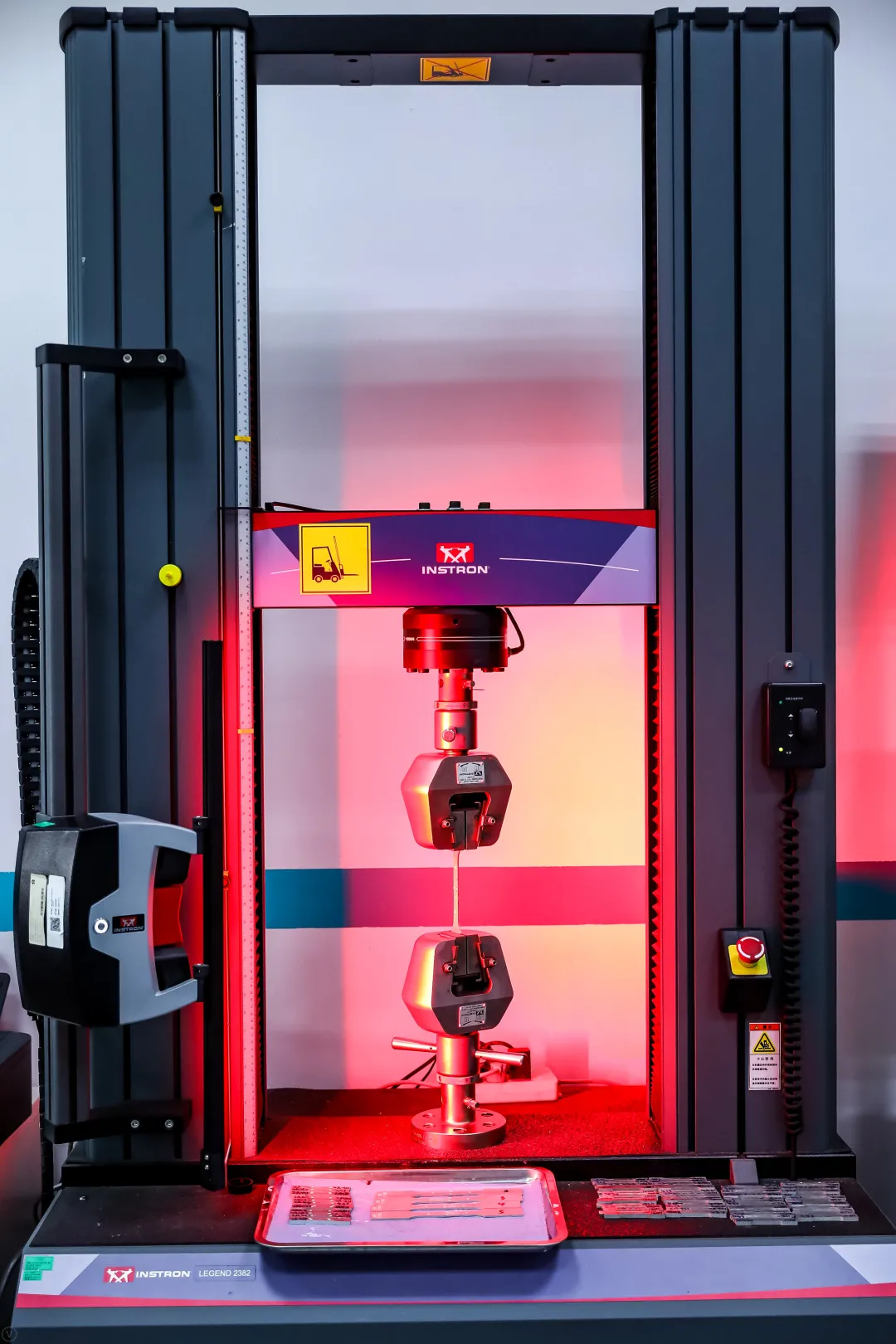
At the same time, NIO’s vehicle design is not only aimed at domestic safety standards. From the initial development of vehicle models, NIO has sought to meet European and American safety crash standards and specifications, and has added tests specific to European standard side pillar and front pillar collisions, high-speed side collisions, and American standard tail collisions. This ensures that NIO’s vehicle models can cater to larger market demands in the future and meet different safety standards.
Finally,## In this year’s vehicle safety day, we can see NIO’s efforts on the safety aspects of intelligent electric vehicles. The changes brought by electric vehicles to the source of automotive power and the changes brought by intelligent driving to the way cars are controlled bring new challenges to automobile safety and also new challenges to the design and development of automobiles.
There are no short-cuts on this road, what is needed is NIO’s continuous exploration through positive research and development.
This article is a translation by ChatGPT of a Chinese report from 42HOW. If you have any questions about it, please email bd@42how.com.
